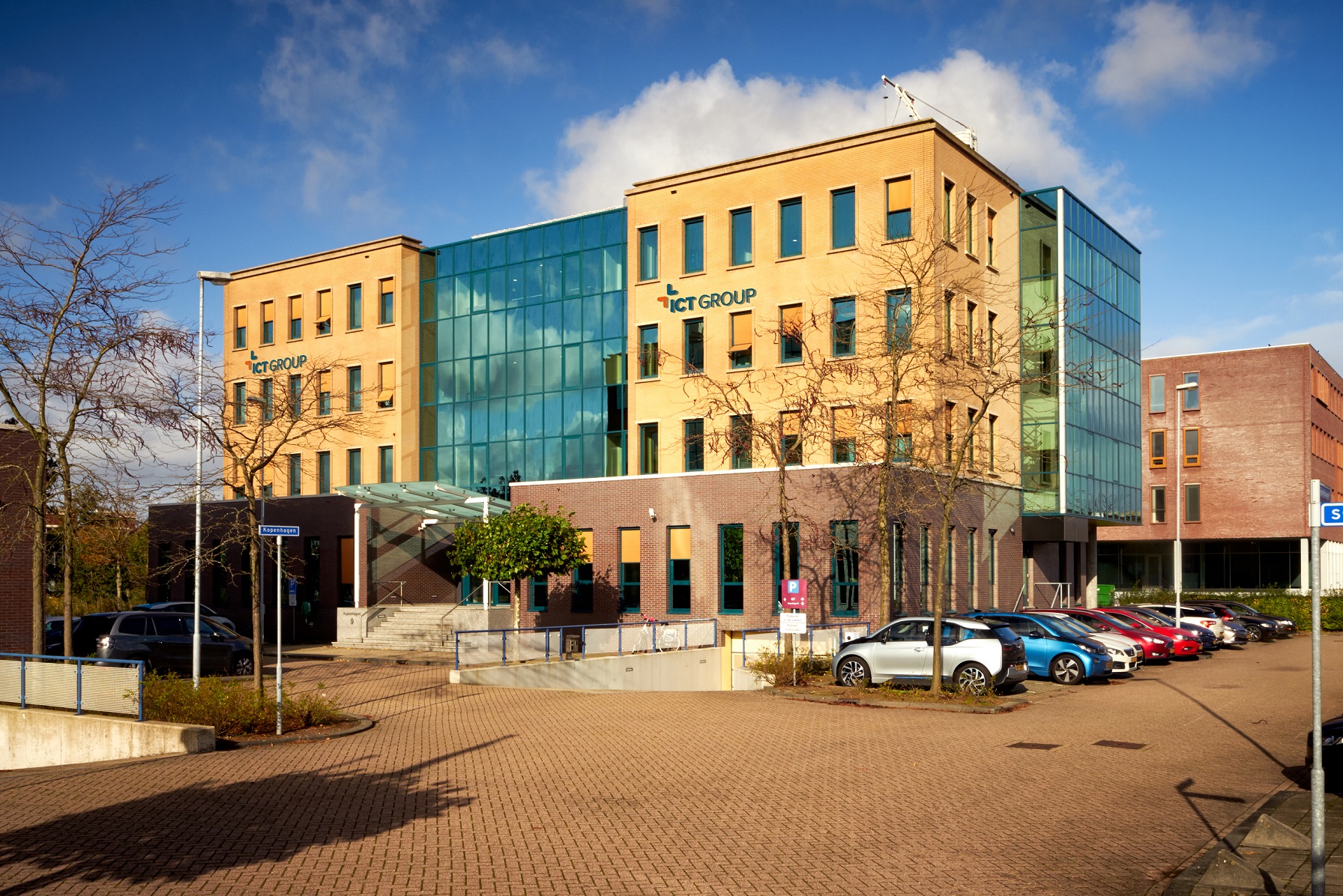
This puts the country ahead of the pack internationally. What role did the various parties play and how did they work together to achieve this success?
Technical skills and domain knowledge
In 2008 the Dutch transport authorities requested all public transport operators to share their data. The objective was to be able to inform travellers in an adequate and standardised manner. The transport authorities signed a contract with Connekt, an independent network organisation specialised in mobility and logistics with the aim of accelerating new developments. Tom van Dam, project manager at Connekt, says: “Our organisation is specialised in launching new partnerships. The Dutch Ministry of Infrastructure and Water Management asked us to play a leading role because we know how to bring together different interest groups and how to set up a governance system.
Connekt is responsible for project management and hires partners from its network to carry out operational activities. As one of these partners, InTraffic (part of ICT Group) was asked to draft the BISON standards. “Writing standards is a specialised and technical job for which we lack the in-house expertise. InTraffic possesses the necessary technical skills and domain knowledge”, van Dam explains.
Henno Willering from InTraffic is currently supporting the project as an information analyst and documentation specialist. “BISON involves extensive collaboration between provincial authorities, transport regions, central government, infrastructure managers and transport companies. It is my job to help them reach an agreement on data exchanges. What details do or don’t you share? What is the best way to share them? Once the required level of agreement has been reached, I document it in a way that is clear to everyone involved, also to those partners that didn’t directly take part in the discussions. This is how we make sure the standards enable all parties involved to adjust their systems so that they can exchange information with each other in a standardised format.”
Separation of politics and technology
Whereas today a steadily increasing number of organisations are aware of the importance of exchanging data, this was quite a different story twelve years ago. Companies actually preferred not to invest in something that did not deliver immediate financial benefits.
Van Dam: “This is why the BISON platform received a mandate from the minister and the established interfaces were made mandatory by means of the concessions, which enabled us to exert a little pressure.” A key principle of the governance is that politics and technology are kept separate. “We always opt for the best technical solution, even if it means that certain companies will have higher expenses. If there are parties that have problems with the business case or that would rather not share certain information, this is discussed at another level within the platform. This ensures that the business case and the business model will not affect technological innovation.”
“The Netherlands is an international frontrunner in standardisation. There wasn’t much happening in Europe – especially twelve years ago. Although there was a European framework to which we had access, we had to invent the wheel ourselves for a huge number of aspects. Our wheel is now being used by the European standard developers, but various countries are also using it to make a flying start.”
Tom van Dam, Project Manager Smart Mobility at Connekt
Alignment with European standards
During recent years it has become increasingly important to take into account European standards such as NeTEx and SIRI, in addition to the interests of Dutch stakeholders. After all, you want to be able to exchange travel information at an international level. Van Dam is proud that the lessons learned from the BISON project were used extensively during the development of NeTEx and SIRI. “The Netherlands is an international frontrunner in standardisation. There wasn’t much happening in Europe – especially twelve years ago. Although there was a European framework to which we had access, we had to invent the wheel ourselves for a huge number of aspects. Our wheel is now being used by the European standard developers, but various countries are also using it to make a flying start.”
Despite the fact that the Dutch governance model creates a separation between politically sensitive issues and technological aspects, it was challenging to convince organisations to embrace the NeTEx and SIRI European standards, Willering says. “After all, companies have to make substantial investments to adjust their systems. Of course that makes them quite hesitant. What’s more, there is resistance against the fact that they have to adapt their procedures and processes to ensure compliance with the standards. This is why it is quite exceptional that all stakeholders in the Netherlands were able to always focus on the general interest. At the technical/operational level we no longer have these discussions. Working in accordance with standards has become common practice; it is part of the applicable requirements for the concession.”
Standardised travel information across all channels
The BISON standards enable travellers to access standardised transport information via all channels – including the Dutch 9292 travel planner, dynamic travel information at bus stops and stations, and the apps that use open data made available by the “counters”.
In addition, these standards facilitate the various parties in realising further developments. This was an actual fact during the summer of 2020, says Willering. “Currently, due to Covid-19, we want to inform travellers of occupancy levels in public transport. Several operators had already started creating a relevant standard, so the scope was extended promptly and implemented at a national level. We currently have a widely applicable standard that is accessible to all public transport companies. The nice thing is that the formal approval process for the standard is still ongoing, even though the standard is already in wide use. This shows we are very well capable of anticipating developments and innovate in an agile manner.”
Embracing innovation
This innovation drive is essential, Van Dam says, because new Mobility-as-a-Service products will be much more information-intensive. “MaaS involves much more than integrating public transport data. It also encompasses data on shared bicycles, shared cars, taxis and other modes of transport. The BISON standards are currently being used for approximately two-thirds of the information needed to develop a genuine MaaS product, so we are in an excellent position.”
Although he refers to ‘we’, Connekt is in fact no longer involved with BISON. Management of the standards was transferred to DOVA in 2020, but undoubtedly they will want to keep the wheels of innovation turning. Connekt has entrusted the maintenance and management activities of the BISON standards to DOVA because this role suits them better than Connekt. However, this does not mean that the innovation drive is finished. As Tom and Henno already indicated, there are many new trends and developments on a European level. Moreover, DOVA is also closely involved in MaaS. Using standards will become even more important in the future, simply because we will be sharing more and more data with each other. And this is where we have achieved a solid head start in the Netherlands.
InTraffic makes BISON standards clear for everyone
Case
